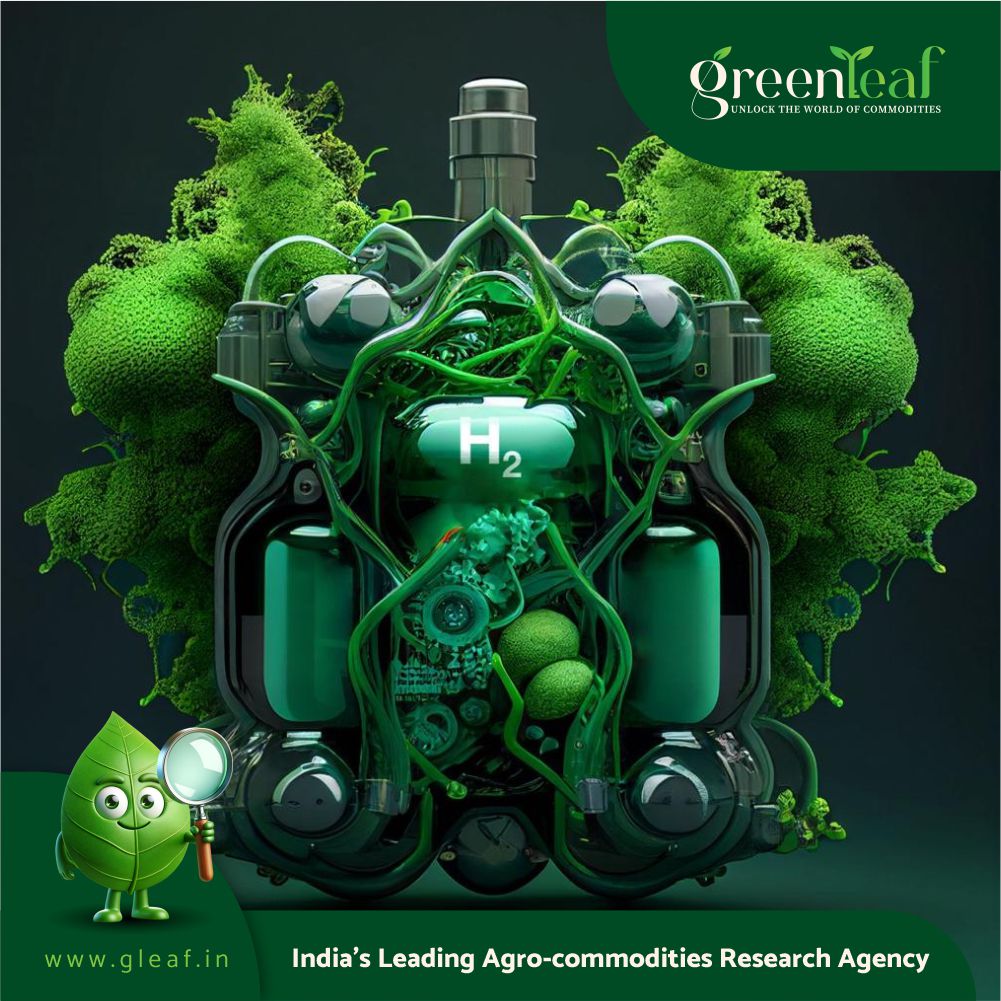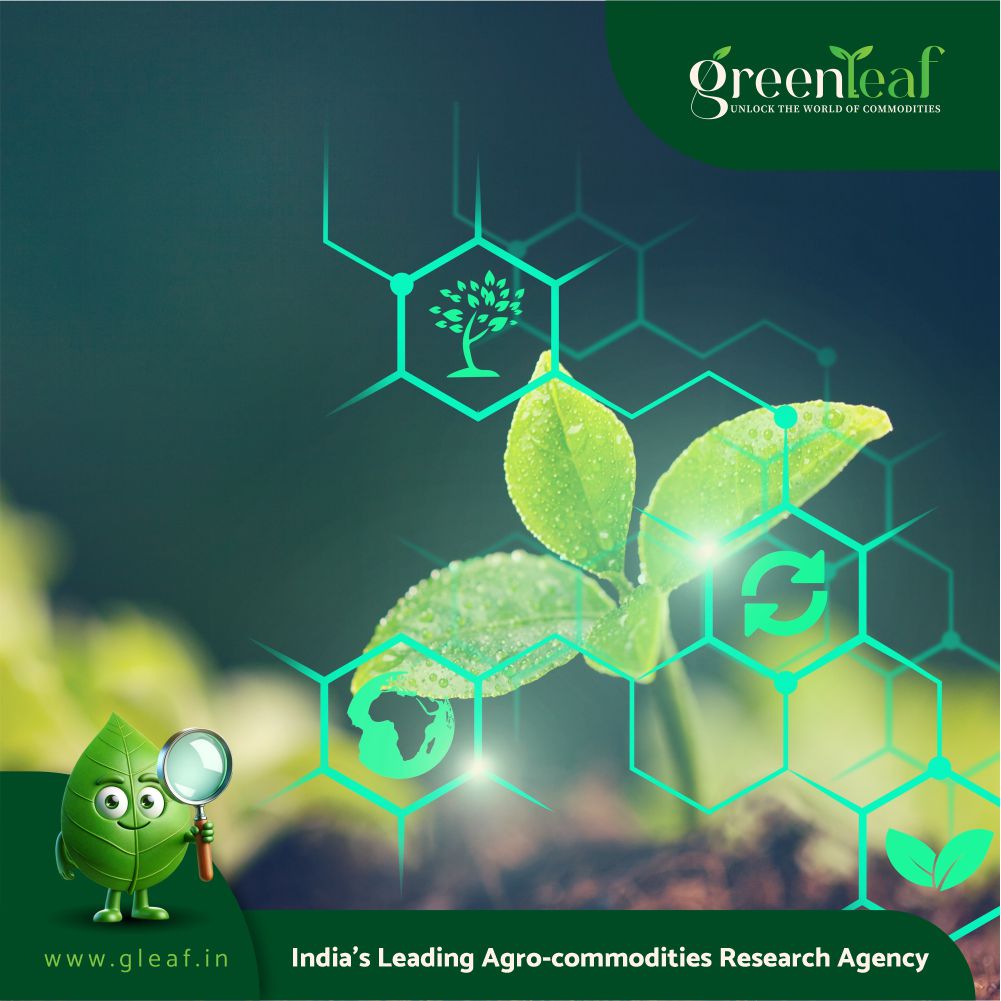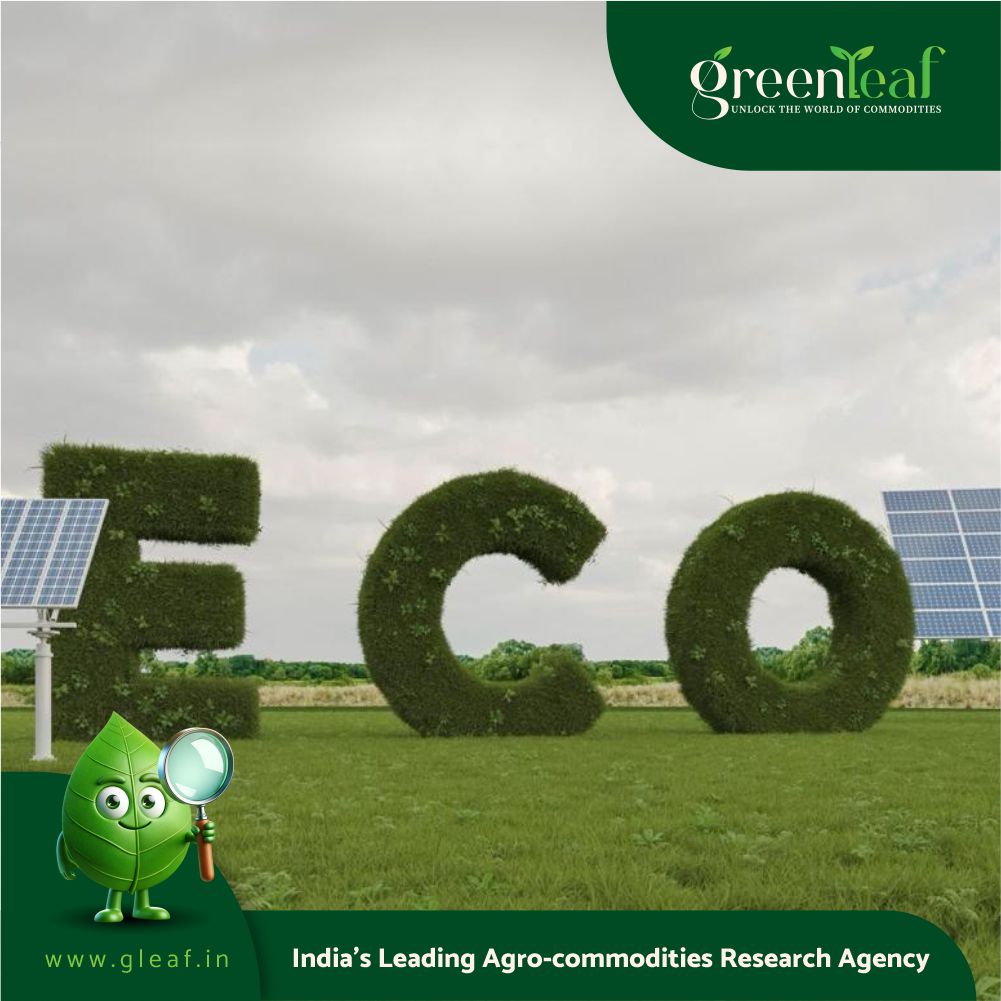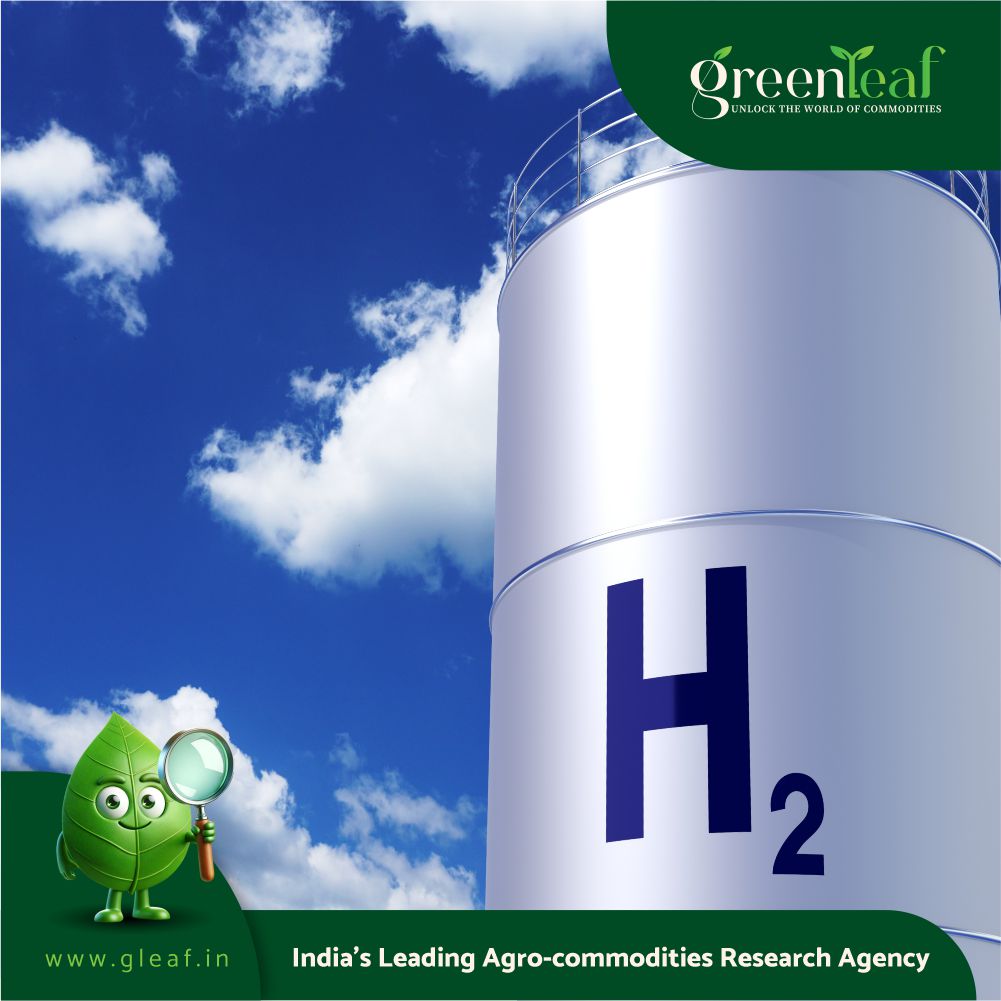NEW DELHI: India has achieved a record low price of Rs 55.75 per kg for Green Ammonia in the first-ever auction conducted by the Solar Energy Corporation of India (SECI) under the Strategic Interventions for Green Hydrogen Transition (SIGHT) Scheme, Mode-2A.
The auction covers the supply of 75,000 metric tonnes per annum (MTPA) of Green Ammonia to Paradeep Phosphates Limited in Odisha. It marks the first in a planned series of 13 auctions over the coming month, under a cumulative tender of 7.24 lakh MTPA.
According to the Ministry of New and Renewable Energy, the discovered price of Rs 55.75/kg (approximately USD 641/MT) represents a substantial reduction from the previously recorded Rs 100.28/kg (USD 1,153/MT) under the H2Global auction in 2024. In comparison, Grey Ammonia prices stood at USD 515/MT as of March 2025. The 10-year fixed-price bid presents a strong economic case for offtakers to initiate their transition to cleaner energy sources.
SECI, acting as the intermediary procurer, conducted the auction under the guidance of the Ministry of New & Renewable Energy (MNRE), with active support from the Department of Fertilisers and the participation of off-takers.
The auction saw intense competition, highlighting robust investor and developer confidence in India’s green energy transition framework. As per the ministry, the success is being hailed as a watershed moment in India’s Green Hydrogen journey and a key step toward the country's ambition of becoming a global hub for Green Hydrogen production.
Equipped with robust payment security mechanisms, the scheme is expected to boost confidence across the value chain and catalyse the large-scale adoption of Green Ammonia and related derivatives in the coming years.
The National Green Hydrogen Mission, approved by the Indian government, aims to position India as a global hub for the production, use, and export of green hydrogen. With an initial outlay of Rs 19,744 crore, the mission focuses on boosting domestic production, building necessary infrastructure, and creating demand across key sectors. By 2030, it targets a green hydrogen production capacity of at least 5 million metric tonnes (MMT) per year, with the potential to scale up to 10 MMT depending on export market growth.















